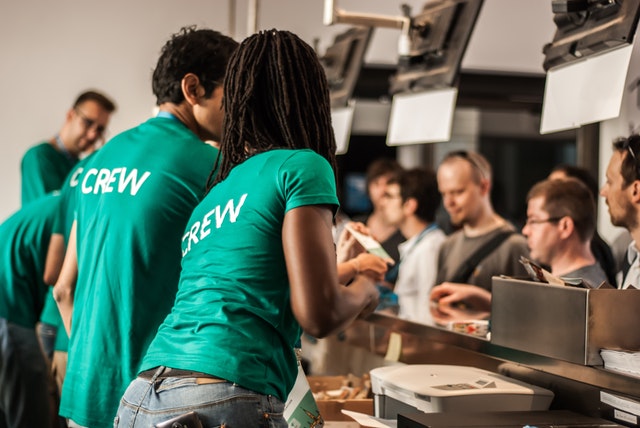Brian Frey, guest contributor.
Note: This article was produced from my podcast interview on The B2B Revenue Executive Experience, March 27, 2018.
Any B2C company knows that customer experiences are a number one priority. What can B2B sales organizations learn from B2C customer experiences? More than you would think.
We sat down with Mark Holmes, CEO of Sales Revenue Coach and author of five books, to learn why B2B companies should be paying more attention to the buyer’s journey and what they can learn from the B2C customer experience.
What is “Chick-fil-A” Style?
When companies want to improve sales, what they really want is to improve their customer experience, they just might not know it yet. This is something that B2C companies have understood for a long time – in order to produce revenue, they need to concoct or create a sales experience that makes the customer want to come back.
“We’ve got to characterize that experience in a way that the customer says ‘You know what, I want to do business there.’ And that starts at the very beginning, much like a B2C experience, Mark said. “If you drive on the lot of a Chick-fil-A or Dunkin’ Donuts, it all starts right there. It’s from the moment you get inside that door all the way through to the conclusion until you’re walking out the door.”
Shifting Expectations
Today’s B2B customers expect the same type of experience they’d get from their favorite retail store. “There’s such a diversity today of businesses that have been affected by this shift in what the customer expects,” said Mark.
The test today is being able to align the salesperson and the sales process with the customer’s journey and do it in a way that’s congruent, convenient and consistent with customer expectations.
How Can We Improve?
First, it’s about the salespeople, Mark says. They need to sell the way the customer wants to be sold to. At the same time, sales executives and the C-level suite need to make an investment in learning what their customer’s value and expect at every touch point.
“Make sure from the front of the house to the back of the house we’re getting an A’ score from the customer – whether they’re calling in or clicking in every time they deal with us they should come away pleased,” Mark said. “Customers are willing to pay for trust and relationships.”
Top 3 Challenges
We asked Mark what are the biggest challenges that sales teams face in regards to customer experience today. Here’s how he responded:
- Helping salespeople understand what customers want. Many companies have under-invested for so long in sales training that their sales force doesn’t really have a great understanding about how it has changed.
- Aligning the sales force or even the sales process with the buyer’s journey. A lot of organizations just don’t know how to do this, or even where to start.
- Training. Today it comes down to equipping the sales force and the salesperson to communicate their value and differentiate from competitors. To be effective at quantifying the value and difference requires in-field sales skills that must be learned.
What is Most Effective When Someone is Trying to Sell You?
We like to ask our podcast guests this question. Here’s how Mark answered:
“For me it’s pretty simple. What really gets my attention is if they answer four questions in less than 25 seconds. I want to know who they are, why are they calling, what do they want want me to do, and what’s the benefit to me.”
Acceleration Insight
In every episode of the B2B Revenue Executive Experience, we try to pull one nugget of wisdom from our guests that they would impart on a sales professional. Here’s this one:
“Do two things. First, understand the customer’s perspective. Crawl across your desk onto their desk so to speak and look at everything about selling and about what you sell and what you represent from the customer’s perspective and then build out your approach according to that. Number two, prepare, prepare, prepare. Just like retail’s location, location location, for today’s B2B salesperson it’s preparation. Be ready, be organized. If you’re not spending at least 10-15 minutes preparing for a sales call and what you’re going to ask in your sales call objectives, then you’re not doing your job.”
This post is based on a podcast interview with Mark Holmes, CEO of Sales Revenue Coach. To hear this episode, and many more like it, you can subscribe to the B2B Revenue Executive Experience.
If you don’t use iTunes, you can listen to every episode here.



